St. Mary Cemetery
Walk through one of the loveliest resting places in Hancock County with Becky Orfila, who introduces some town residents who are long passed from this earth.
- by Rebecca Orfila
With evidence remaining of storms, winds, and time, this peaceful graveyard is the resting place for approximately 2,000 individuals. The cemetery is owned and managed by Our Lady of the Gulf Church in Bay St. Louis. A simple walk through this cemetery brings one closer to the resting places of many families from Hancock County.
Several graves predate the 1872 dedication date. Blanche Teresa Scull died in 1852. The 15-year-old was the daughter of Hewes Charles Scull and his wife, Louisiana Philipana Scull (they were cousins) of Pine Bluff, Arkansas. Blanche was attending St. Joseph’s Open School when she died. She is buried in St. Mary Cemetery, in the northeast corner of the Sisters of St. Joseph plot. (Plot: N10-26: see how to find the gravesite by number at the end of this article). Nicolas Caron/Carron was buried in St. Mary in 1859. Nicolas was married to Ursule Justine Saucier, the daughter Phillipe Pierre Saucier, Sr. In the 1850 U.S. Census, it was reported that Caron had properties valued at $9,000, making him a member of the top five wealthiest men in Shieldsboro (N09-01). The first burials following the cemetery dedication in 1872 by Father Henry LeDuc — with the blessings of Bishop Richard Oliver Gerow, Diocese of Natchez — were for Sisters Estelle Astier (1872), St. Peter Elder (1874), Ellienna Alloid (1878), and Louise Felicity Robinson (1880). These initial interments established a dedicated plot for the Sisters of St. Joseph (N10-03). In the Bishop’s report, “Catholicism in Mississippi,” published in 1939, the Bishop refers to St. Mary Cemetery in several places.
The death and burials of the Very Reverend Florimon J. Blanc and the Very Reverend Aloise van Waeberghe are recorded in Bishop Gerow’s report. The Bishop’s statement identifies that Blanc and van Waeberghe were interred in a vault at “Calvary,” which was an underground vault and aboveground monument located at the intersection of the east/west trending cemetery road and the first right-side roadway.
One undated historical plat map has survived and a circular area is identified in handwritten script as Calvary. The circumference of Calvary measured 36 feet in circumference or 23 ft in diameter. No aboveground evidence of the Calvary remains and it is unknown whether an underground vault and burials exist. It is likely that the Calvary was destroyed by one of the major storms in the area. A familiar name in Bay St. Louis, Clement Robert Bontemp, was interred at St. Mary in 1918 following his death from battle wounds received at Chateau-Thierry, France (N02-15). His military grave record shows he was born Nov. 6, 1893, Bay St. Louis, MS and served in the sixth regiment of the U. S. Marines during World War II. The American Legion Post 139 in Bay St. Louis was founded in 1923 and named after Bontemp. The Italian Society Mausoleum has one of the largest funerary structures in St. Mary Cemetery. The Society vault is Italianate in style and marks a section dedicated to the entombments and interments of society members.
A member of the engineering and maintenance crew of the Delta Steamship Line ship, the SS Del Sud, Funston Mauffray died on April 27, 1959 (S07-23d). The ship was only 11 days out of port at the time of his death. Two weeks later, Mauffray was buried at sea (South Pacific). Mauffray was 39 at the time of his death and was a 1921 graduate of St. Stanislaus.
Jerry Costollo was a brakeman on a train of 18 loaded cars near Birmingham when the locomotive engineer failed to stop and ran into another train on the rail, killing Costollo, the engineer, and a train mechanic. The story of the railroad accident was telegraphed and published in the May 18, 1891 issue of the New York Herald. A worn memorial stone dedicated to Costollo is placed near the graves of Mary and Hanora Costollo (N08-15). A grave maker on the north side of the cemetery captures the eye in the vivid sunlight. An elegant white marble headstone marks the grave of Arsene Bontemp Estapa (N02-02). Though stained with green moss and dirt, what is unique about this headstone is the brightness of the marble and the depth of the engraving. Her place of birth is inscribed in graceful print and in the musical voice of the French language — “ne a la Baie S. Louis" (from Bay St. Louis). She died on October 10, 1875, in Hancock County, Mississippi. It goes without saying that there is an otherworldly nature to cemeteries. Whether it is based on our religious beliefs or our distance from decades or centuries of local life, the more we learn about cemeteries, the more they contribute to our understanding of the history of humans. Information regarding burials and purchasing plots in St. Mary’s should be directed to the Our Lady of the Gulf rectory at 228-467-6509. How to find a grave in St. Mary Cemetery
The Hancock County Historical Society surveyed and recorded St. Mary Cemetery, which is divided into a North and South sections, beginning with Necaise Street.
To find a gravesite, start on the main road through the cemetery and walk westward counting row numbers, beginning with #1. Based on the location data provided above, find the proper row. For example, Funston Mauffray is buried in S07-23d. To get to his grave, walk seven rows west then turn south. Counting gravesites southward, Mauffray will be buried in the twenty-third gravesite, along with other family members. Information regarding burials and purchasing plots in St. Mary’s should be directed to the Our Lady of the Gulf rectory at 228-467-6509. Comments are closed.
|
Categories
All
Archives
July 2024
|
Shoofly Magazine Partners
Our Shoofly Partners are local businesses and organizations who share our mission to enrich community life in Bay St. Louis, Waveland, Diamondhead and Pass Christian. These are limited in number to maximize visibility. Email us now to become a Shoofly Partner!

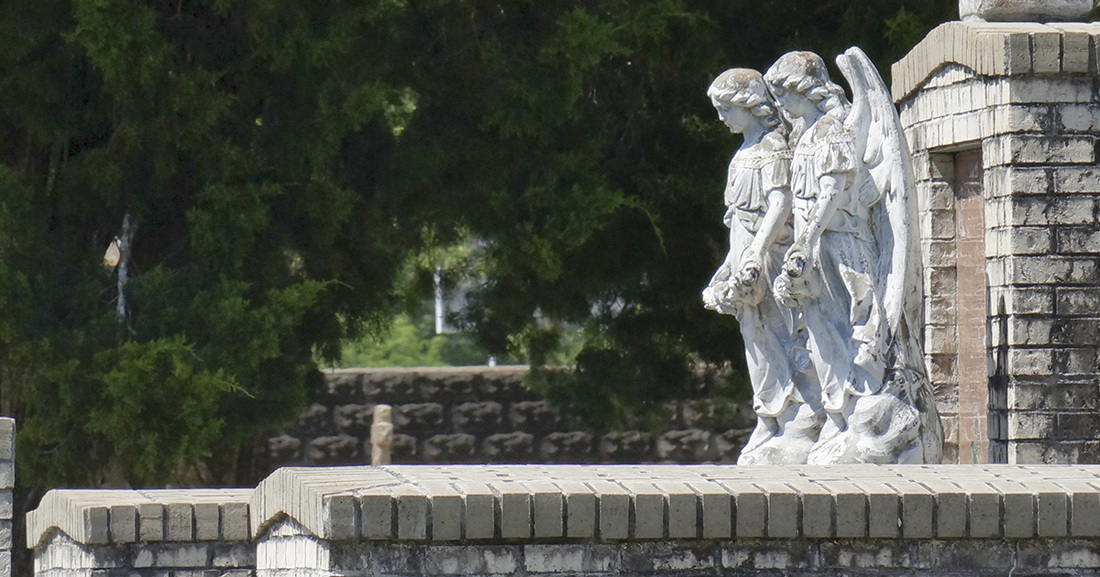

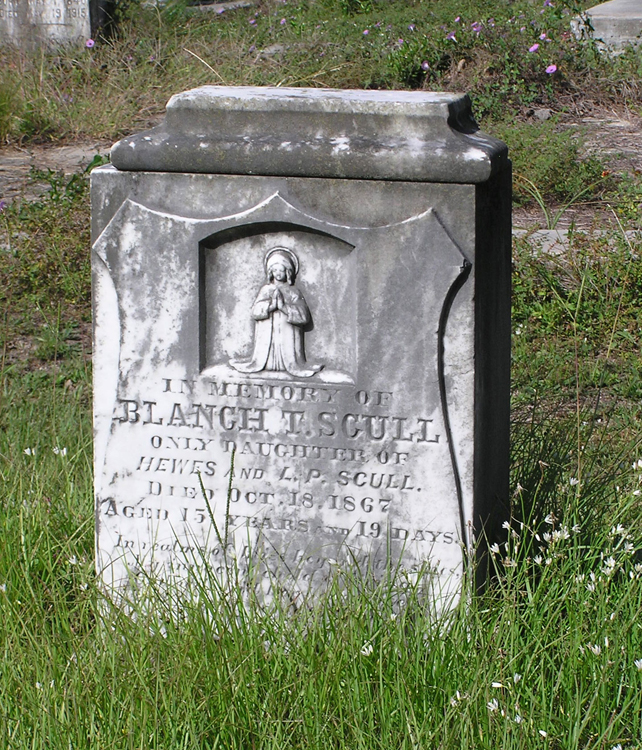
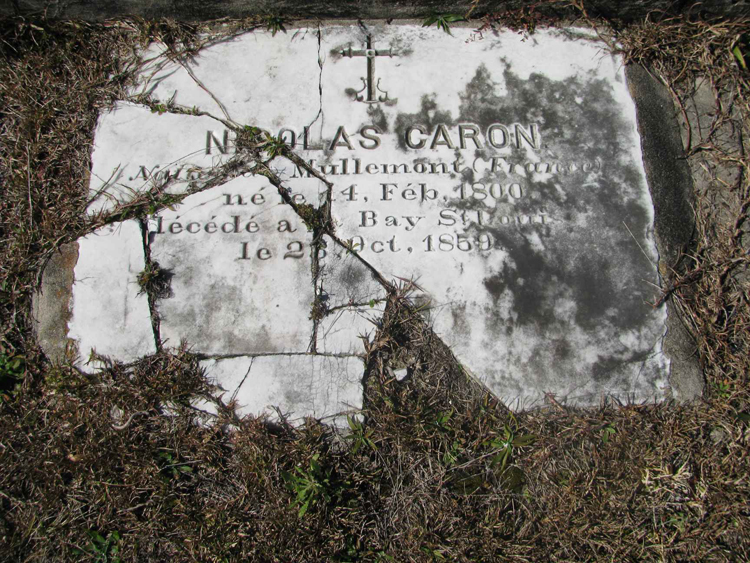
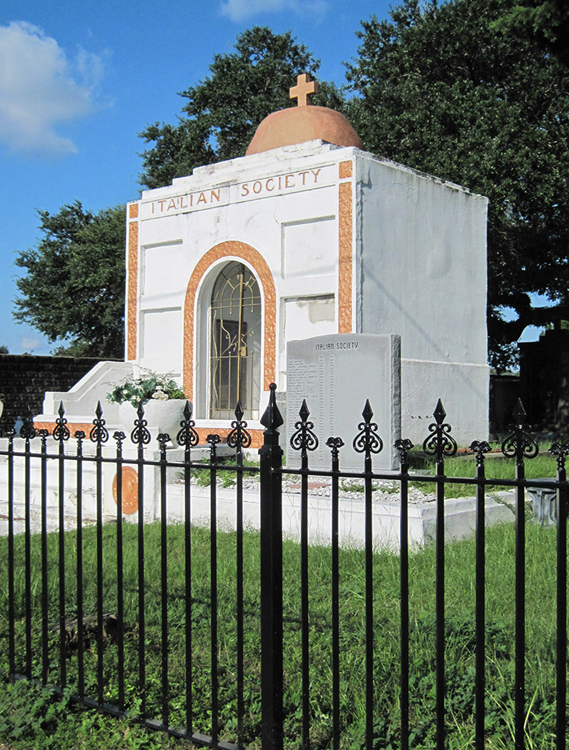
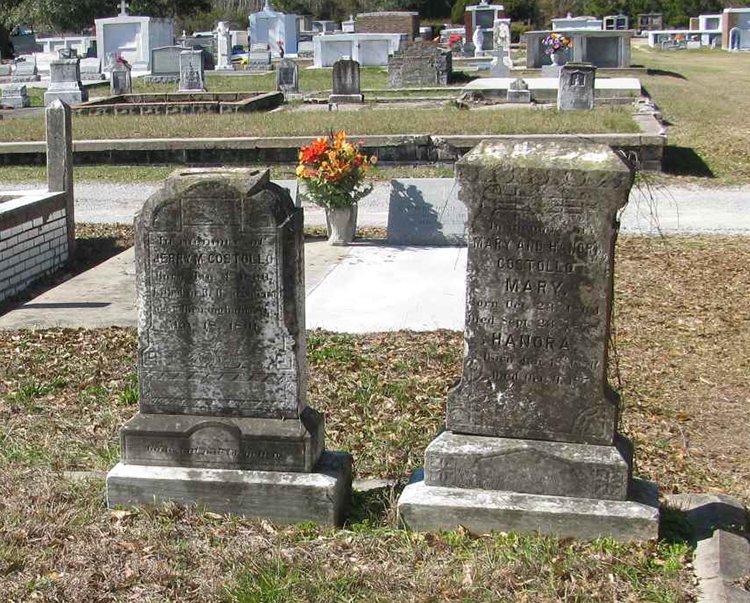
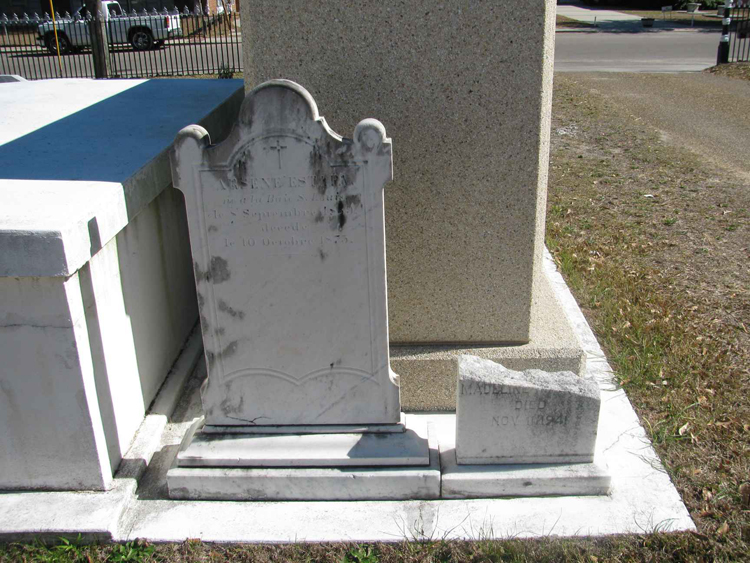
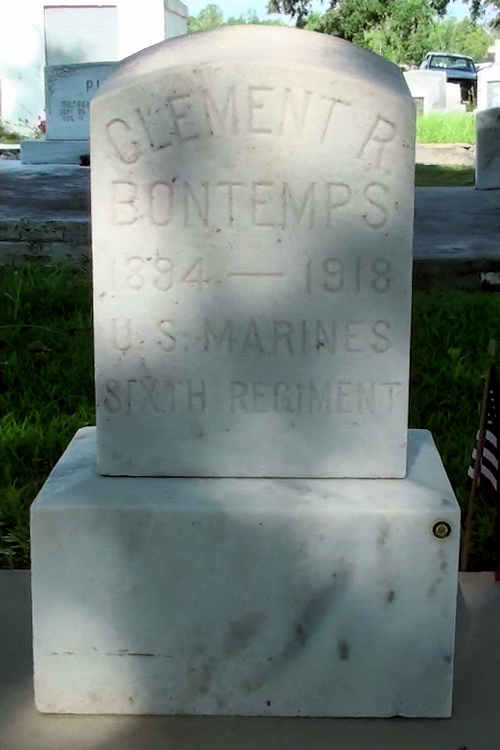

























 RSS Feed
RSS Feed























